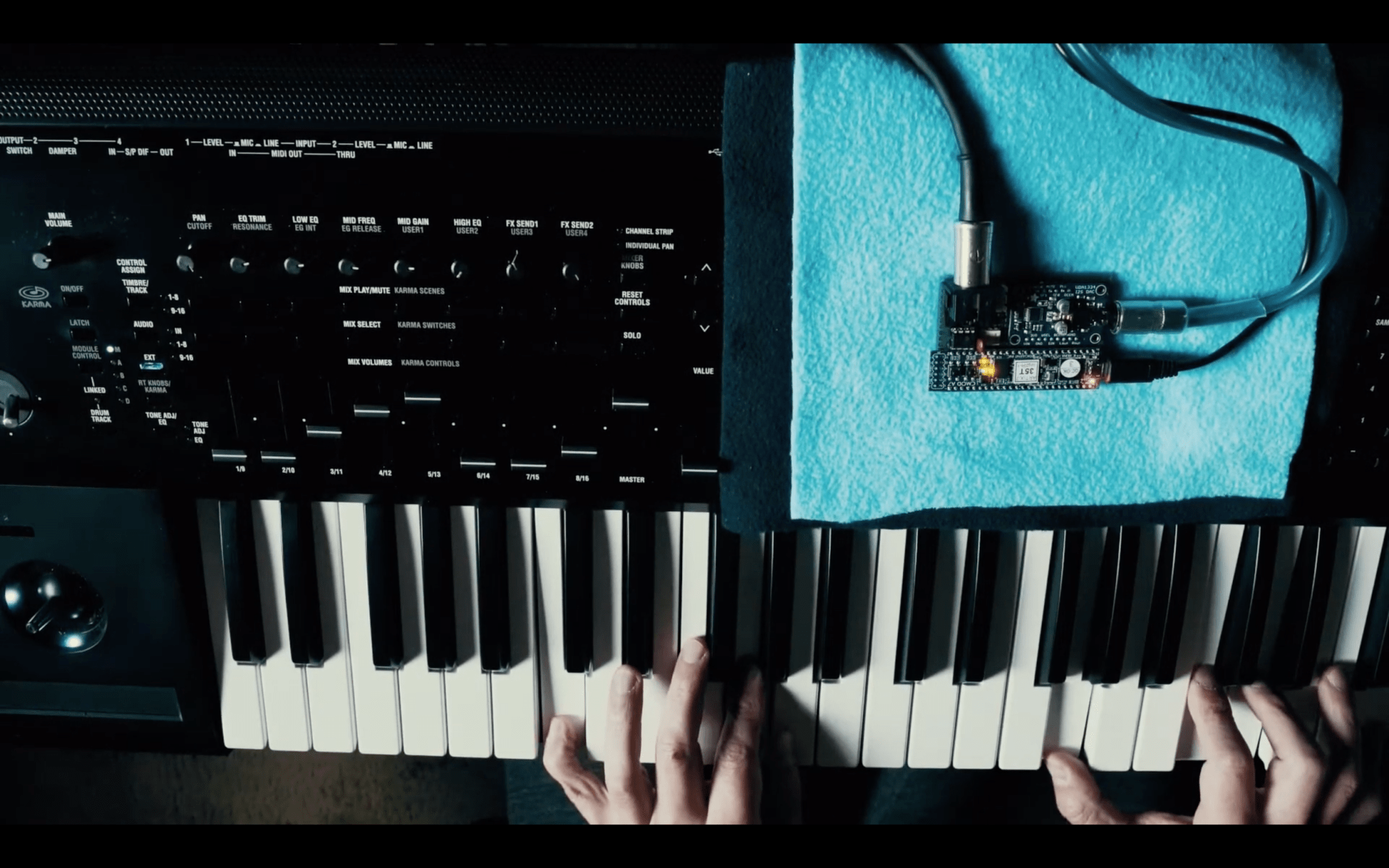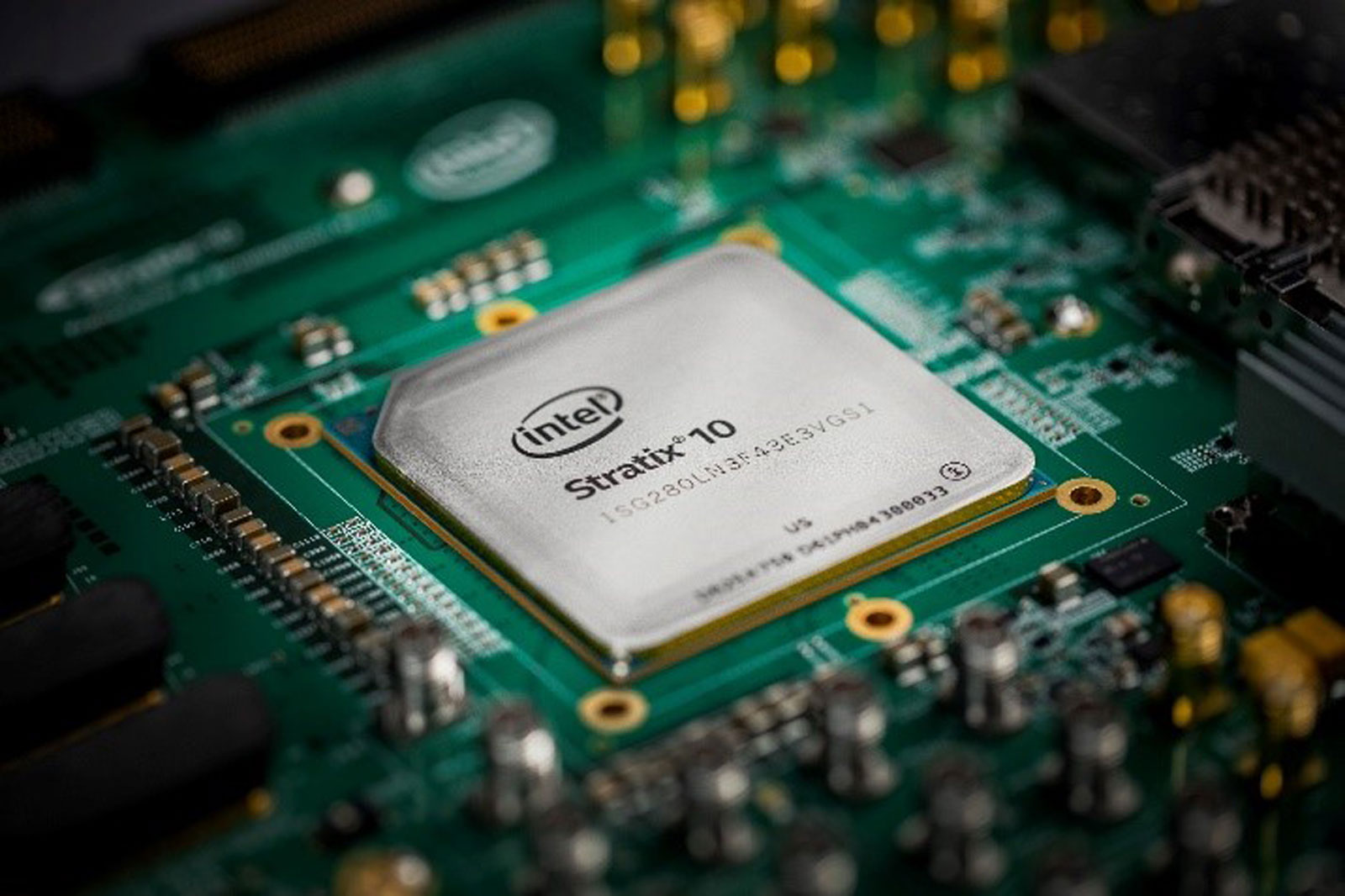Tag Archives: fpga
Analogue’s latest retro dream is an all-in-one TurboGrafx console
Analogue’s portable Pocket console is delayed until May 2021
This chip plays ‘Doom’ and nothing else
You can build the tiny XFM2 synth for under $100
 Miniature electronics kits like the Raspberry Pi have ushered in a new generation of DIY tinkerers. And while most of these builds emulate classic gaming systems, there are plenty of other possibilities. Futur3soundz, for example, designed a synthesi...
Miniature electronics kits like the Raspberry Pi have ushered in a new generation of DIY tinkerers. And while most of these builds emulate classic gaming systems, there are plenty of other possibilities. Futur3soundz, for example, designed a synthesi...
Microsoft built a hardware platform for real-time AI
 In many cases, you want AI to work with info as it happens. That virtual assistant needs to respond within a few seconds at most, and a smart security camera needs to send an alert while intruders are still within sight. Microsoft knows this very wel...
In many cases, you want AI to work with info as it happens. That virtual assistant needs to respond within a few seconds at most, and a smart security camera needs to send an alert while intruders are still within sight. Microsoft knows this very wel...
Ben Heck’s Giant Game Boy Runs On An Actual Game Boy: Nestendo
We’ve seen a couple of huge Game Boy replicas, but they were actually running off of a Raspberry Pi. With the help of Parker Dillman aka The Longhorn Engineer, The Ben Heck Show was able to connect a Game Boy to a VGA monitor to create a nearly 7:1 scale replica.
The project is based on the (arduous) process and the software that Parker developed, which involves using an FPGA and a level shifter to take signals from the Game Boy’s LCD screen and send it to a VGA monitor. But in my opinion the show’s meticulous work on the giant Game Boy case is equally notable. They made the case and the buttons out of Sintra board and insulating foam to keep it as light as possible, and made appropriately scaled decals to complete the look. You can skip to 14:04 in the video below to see the finished product.
Check out the show’s previous episode if you want to learn more about FPGAs.
Intel lands Altera as its biggest chip manufacturing customer to date
Many of us see Intel as self-serving with its chip manufacturing, but that's not entirely true: it just hasn't had very large customers. A just-unveiled deal with Altera might help shatter those preconceptions. Intel has agreed to make some of the embedded technology giant's future field-programmable gate arrays (FPGAs) using a 14-nanometer process, giving Intel a top-flight customer while gets Altera a leg up over any rivals stuck on less efficient technologies. The pact may be just the start -- Intel VP Sunit Rikhi portrays the deal for Reuters as a stepping stone toward a greater role in contract chip assembly. We're not expecting Intel to snatch some business directly from the likes of GlobalFoundries and TSMC when many of their clients are ARM supporters, or otherwise direct competitors. However, we'll have to reject notions that Intel can't share its wisdom (and factories) with others.
Via: Reuters
Source: Altera
Intel lands Altera as its biggest chip manufacturing customer to date
Many of us see Intel as self-serving with its chip manufacturing, but that's not entirely true: it just hasn't had very large customers. A just-unveiled deal with Altera might help shatter those preconceptions. Intel has agreed to make some of the embedded technology giant's future field-programmable gate arrays (FPGAs) using a 14-nanometer process, giving Intel a top-flight customer while giving Altera a leg up over any rivals stuck on less efficient technologies. The pact may be just the start -- Intel VP Sunit Rikhi portrays the deal as a stepping stone toward a greater role in contract chip assembly in an interview with Reuters. We're not expecting Intel to snatch some business directly from the likes of GlobalFoundries and TSMC when many of their clients are ARM supporters, or otherwise direct competitors. However, we'll have to reject notions that Intel can't share its wisdom (and factories) with others.
Via: Reuters
Source: Altera


